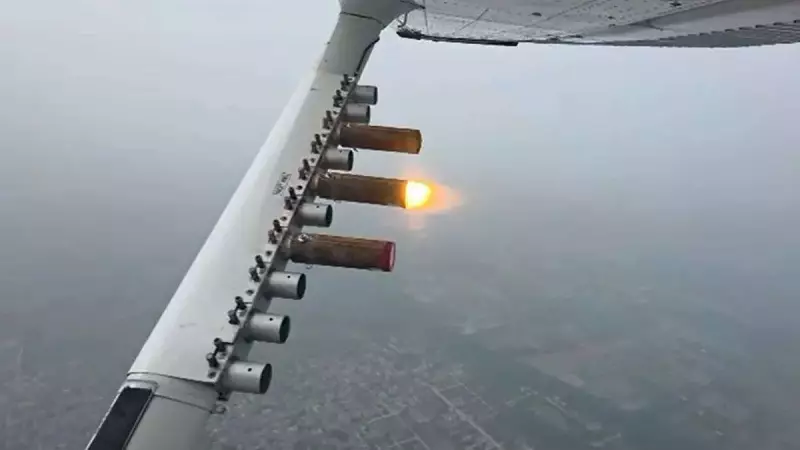
In a significant development in Delhi's battle against hazardous air quality, the city's ambitious cloud seeding program has yielded its first positive results. Environment Minister Saurabh Bharadwaj confirmed that the artificial rain initiative has successfully triggered light rainfall across several parts of the national capital.
The breakthrough came on Tuesday evening when areas including ITO, Laxmi Nagar, and Narela experienced light showers following the cloud seeding operations. This marks a crucial milestone in Delhi's efforts to combat the severe pollution crisis that has plagued the city during the winter months.
Visible Impact on Pollution Levels
According to official reports, the artificial rainfall led to an immediate and measurable improvement in air quality indices. The light showers helped settle suspended particulate matter, providing much-needed respite from the toxic haze that had enveloped the city.
Environment Minister Saurabh Bharadwaj expressed satisfaction with the initial outcomes, stating that the program will continue as planned. "We are closely monitoring the situation and the positive effects of this intervention," the minister remarked, highlighting the government's commitment to exploring innovative solutions for pollution control.
How Cloud Seeding Works in Delhi's Context
The cloud seeding technology involves dispersing substances like silver iodide into clouds to stimulate precipitation. For Delhi, this scientific approach represents a proactive measure against the annual pollution emergency that affects millions of residents.
The successful implementation comes after careful planning and coordination between various government agencies and meteorological experts. The timing of the operation was crucial, with authorities waiting for optimal atmospheric conditions to maximize effectiveness.
Public Response and Future Plans
Residents in affected areas reported noticeable improvement in air quality following the light rainfall. Many expressed hope that such technological interventions could become a regular feature during peak pollution seasons.
The Delhi government has indicated that the cloud seeding program will continue based on weather conditions and pollution levels. This initiative forms part of a broader strategy that includes other measures such as odd-even vehicle rotation and industrial restrictions to combat air pollution.
As winter approaches and pollution levels typically worsen, the success of this cloud seeding operation offers a promising tool in Delhi's arsenal against environmental degradation. The continued implementation of this program could set a precedent for other Indian cities grappling with similar air quality challenges.





